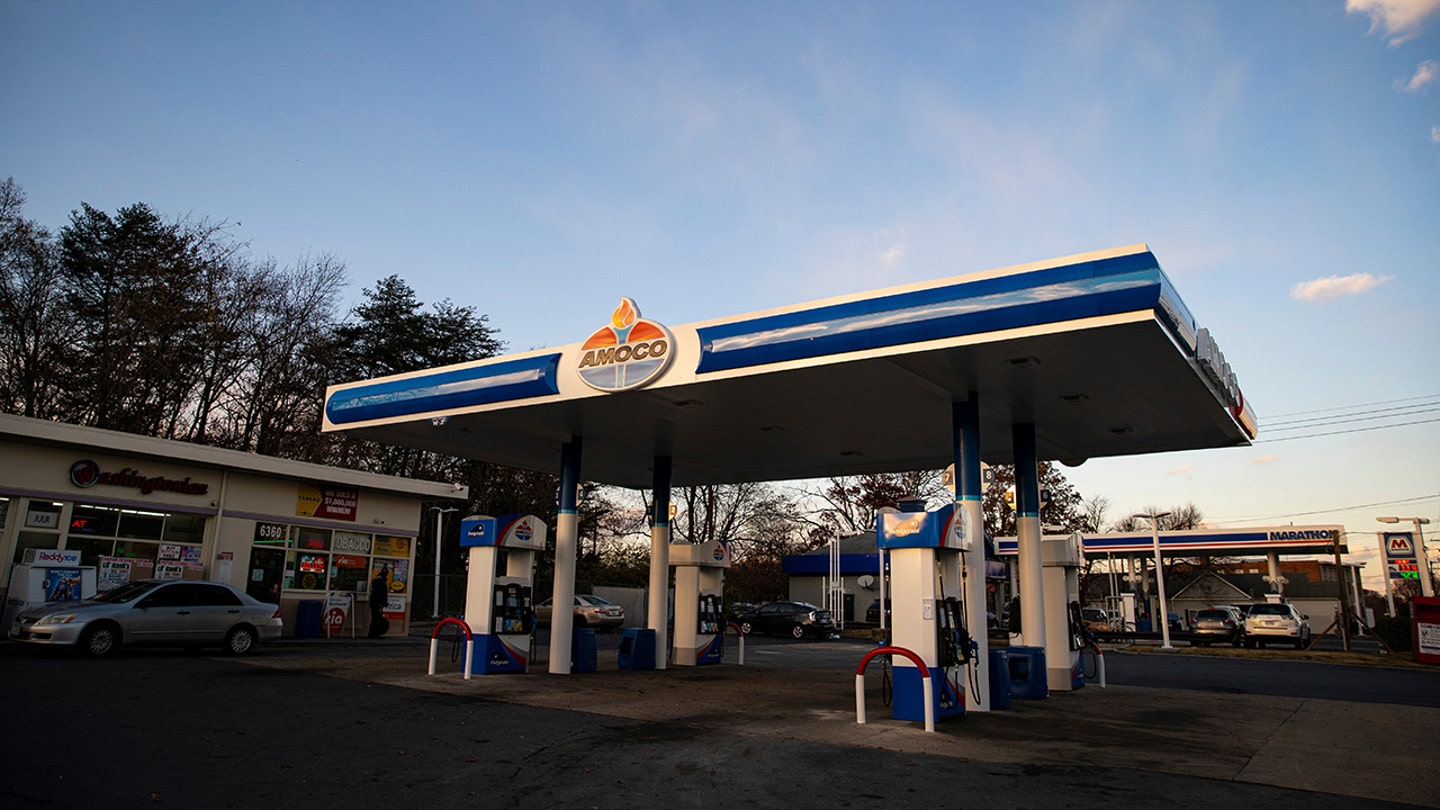42 Macro founder and CEO Darius Dale discusses whether the Fed’s rate cut will affect the resilient US economy on ‘Breakfasts with Mary’.
Gasoline prices tend to rise during the peak summer season, but Americans may be in luck this year.
Thanks to easing domestic demand and supply conditions, gas prices are likely to peak in mid-April at a higher level of $3.67 a gallon — and are expected to continue falling in the coming weeks, according to a new analysis published by RSM chief economist Joe Brusuelas.
“Having a look at wholesale gasoline prices, there is room for domestic gasoline prices to fall another 10% from the current $3.44 per gallon,” he wrote. “This will certainly strengthen the balance sheets of US households heading into the summer spending season.”
The average cost of a gallon of regular gas was $3.44 on Wednesday, according to AAA, down about 4% from a month earlier. Prices are expected to fall further as a result of weak demand as consumers pull back on spending in the face of persistent inflation and rising supply.
RENTAL PRICES ARE CURRENT, SUGGESTING HIGH INFLATION MAY OCCUR

An Amoco gas station in Washington, DC, on November 28, 2023. (Photo: Al Drago/Bloomberg via Getty Images / Getty Images)
“Gasoline demand has been down in 2023 for most of this year, and analysts believe economic uncertainty could suppress demand this summer,” AAA spokesman Andrew Gross said. “So is the typical strong summer driving season a thing of the past? Or does it need more time to pick up steam? We may not know until the fall.”
Falling gas prices could provide a welcome respite for Americans who have been squeezed by more than three years of nonstop price hikes.
While inflation has fallen sharply from a peak of 9.1% in June 2022, it remains above the Federal Reserve’s 2% target. And compared to January 2021, just before the start of the inflation crisis, prices have increased by almost 20%.
High inflation has created severe financial pressures for most American families, who are forced to pay more for everyday necessities like food and rent. Price hikes are especially devastating for lower-income Americans because they tend to spend more of their already stretched paychecks on necessities and therefore have less flexibility to save money.
POWELL SAYS FED WILL NOT RUSH TO CUT INTEREST RATES UNTIL INFLATION IS TAKEN
Consumers are also facing higher interest rates as the Fed raised rates sharply in 2022 and 2023 to the highest level in two decades in an effort to slow down the economy and cold inflation. Policymakers are now wrestling with when to take their foot off the brakes.

Traffic on the 405 Freeway in Los Angeles, California, on April 2, 2024. (Photo: Eric Thayer/Bloomberg via Getty Images / Getty Images)
Brusuelas said falling gas prices could lead to lower inflation readings, which in turn could support the case for rate cuts later this year.
“Perhaps most importantly, falling gasoline prices will affect the inflation aggregates that the Federal Reserve uses to formulate policy,” Brusuelas wrote. “Falling gasoline prices are dampening core inflation and that will support the case for rate cuts this fall.”
The U.S. produces about 13.2 million barrels of oil per day, just below the record 13.3 million recorded in December 2023, according to Brusuela. Although the coalition of oil-producing countries known as OPEC+ has tried to curb supply by cutting output, new supply is still finding its way to the market thanks to non-OPEC producers including the US, Canada, Norway and Brazil.
GET FOX BUSINESS IN ALBANIA by clicking HERE
“In our assessment, the risk is that there is more supply in the market on the way, and that means lower oil and petrol prices at the end of the year,” he said.